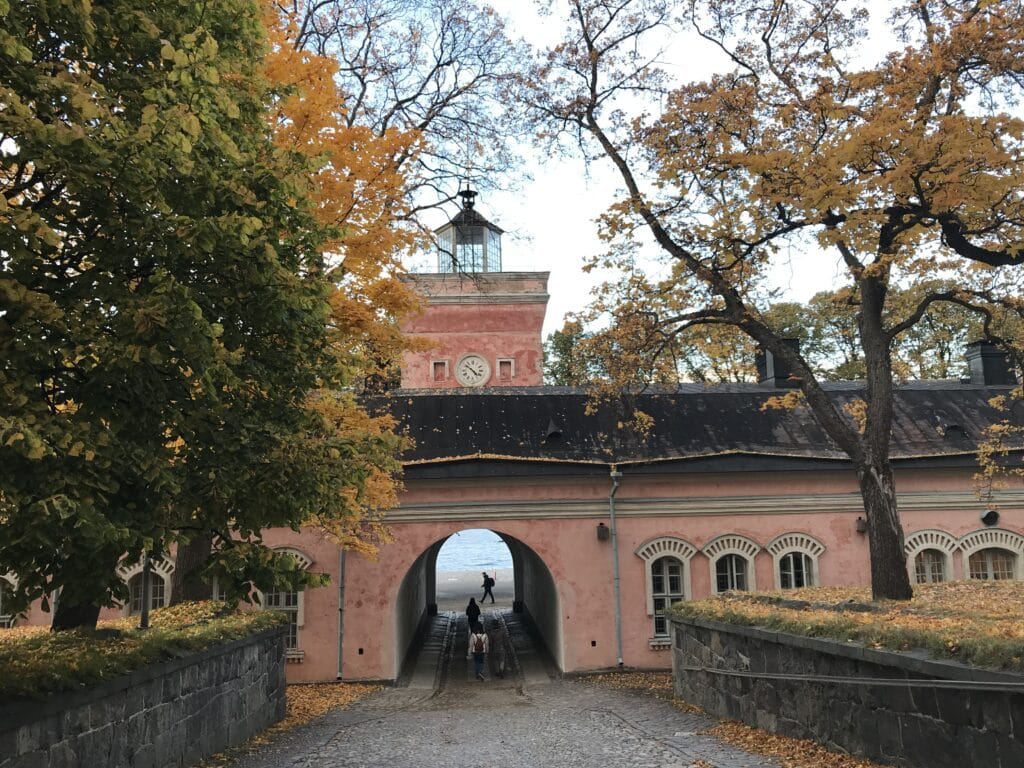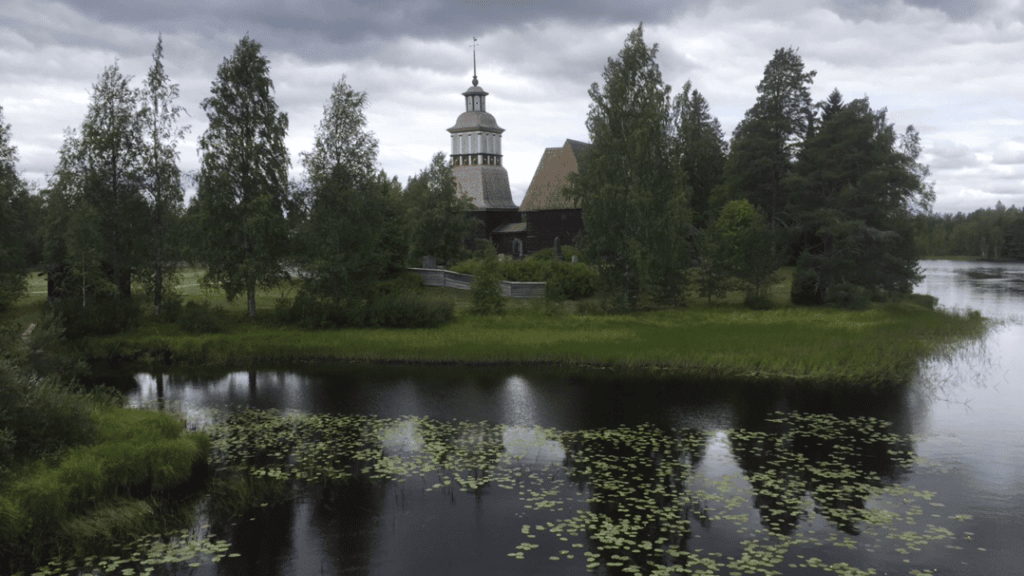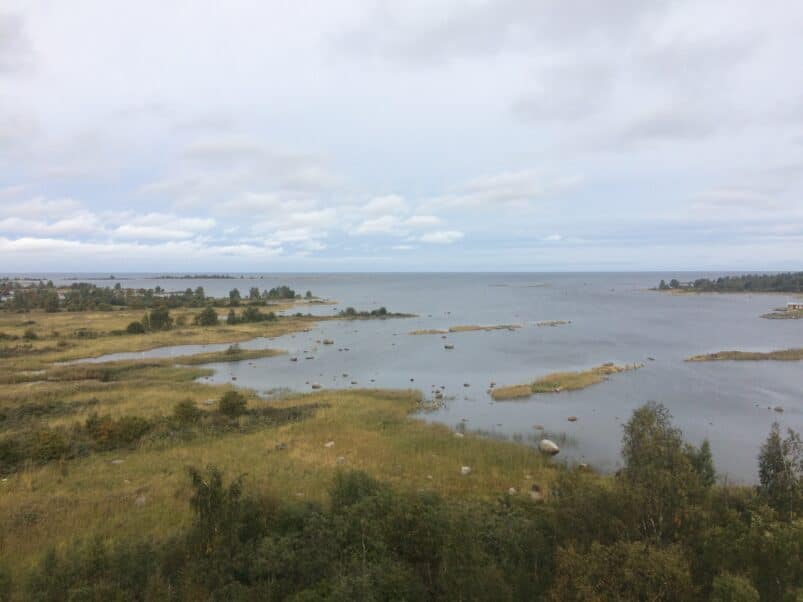The Ministry of Education and Culture of Finland has published a proposal for a cultural heritage strategy for 2022–2030. The starting point of the strategy is the preservation, development and utilization of the diverse tangible, intangible and digital cultural heritage and cultural environments, the ministry says in a press release.
Sustainability, diversity and equality are stated to be the most important values of the strategy. The responsibility for the preservation and protection of cultural heritage for future generations is also a pervasive value.
The aim is for cultural environments to be used and managed in a sustainable way. For example, sustainable tourism based on cultural heritage and cultural environments will be promoted.
“Cultural heritage is a latent resource in our society that should be highlighted and utilized in a variety of ways. It offers alternatives to a sustainable and good life”, says Minister of Science and Culture Petri Honkonen in the press release.
“It is great that these opportunities have been widely identified in the draft strategy. For my part, I encourage ever wider cooperation for the benefit of cultural heritage”, Honkonen continues.
The development of a cultural heritage strategy is part of the program of the government of Prime Minister Sanna Marin. The aim is for the Government to make a decision-in-principle on a cultural heritage strategy until 2030 on the basis of the prepared proposal.

Local communities as specialists in their own area
The background study commissioned to support the strategy work emphasizes the importance of the regions in cultural heritage work in many respects. Local communities are seen as specialists in their own area who know and can pass on the tradition.
The cultural heritage strategy also seeks to establish an recognized role for cultural heritage in the activities of society, communities and individuals. In this way, it is also used and nurtured actively.
The values of the cultural heritage strategy are sustainability, diversity and equality, as well as the responsibility to preserve and protect the cultural heritage for future generations. The aim is for cultural heritage to be valued and its protection and preservation to be shared.
Towards a more sustainable lifestyle
According to the proposal, cultural heritage knowledge and skills have accelerated the transition to a more sustainable lifestyle. The aim is for cultural environments to be used and managed in a sustainable way. Cultural heritage players are pioneers in low-carbon and sustainable activities.
Education, competence and society’s ability to manage and use cultural heritage are strengthened through cultural heritage education and lifelong learning. Competencies and education are developed to meet the changing needs of both the industry and society and to support education and creativity.
The development of the strategy also implements the European Agenda for Culture adopted by the European Commission in 2018, which calls on member states to develop their own national strategies in the field of cultural heritage. The results of the cultural environment strategy, which ended in 2020, have also been utilized in the development of the cultural heritage strategy.

The process continues with the consultation on the strategy proposal aimed at Finnish cultural heritage actors until August 2022.
Facts
- The starting point of the strategy is the preservation, development and utilization of the diverse tangible, intangible and digital cultural heritage and cultural environments as a resource for society.
- To support the preparation of the strategy work, a background study was prepared in early 2021.
- The progress of the strategy work was discussed in webinars. The priorities of the strategy were worked out in thematic workshops.
- The steering group’s and working group’s proposal for a cultural heritage strategy was published on 18 May 2022.
- The proposed cultural heritage strategy was introduced at a seminar on 6 June 2022
- June – August 2022 consultation on the strategy proposal
About the author

European Heritage Youth Ambassador Uula Neitola’s passion for Culture Heritage started in his childhood in Northern Finland. As a historian he is always eager for new cultural heritage experiences. He has made his early career in historical and art museums as well as the Finnish academic institutions in Italy and in Greece. Alongside his work as a Communications Expert he is an enthusiast in many organisations, such as ICOMOS and ICOM.
Sources: The Ministry of Education and Culture, Helsingin Sanomat (Finnish), Finnish Local Heritage Federation (Finnish)

